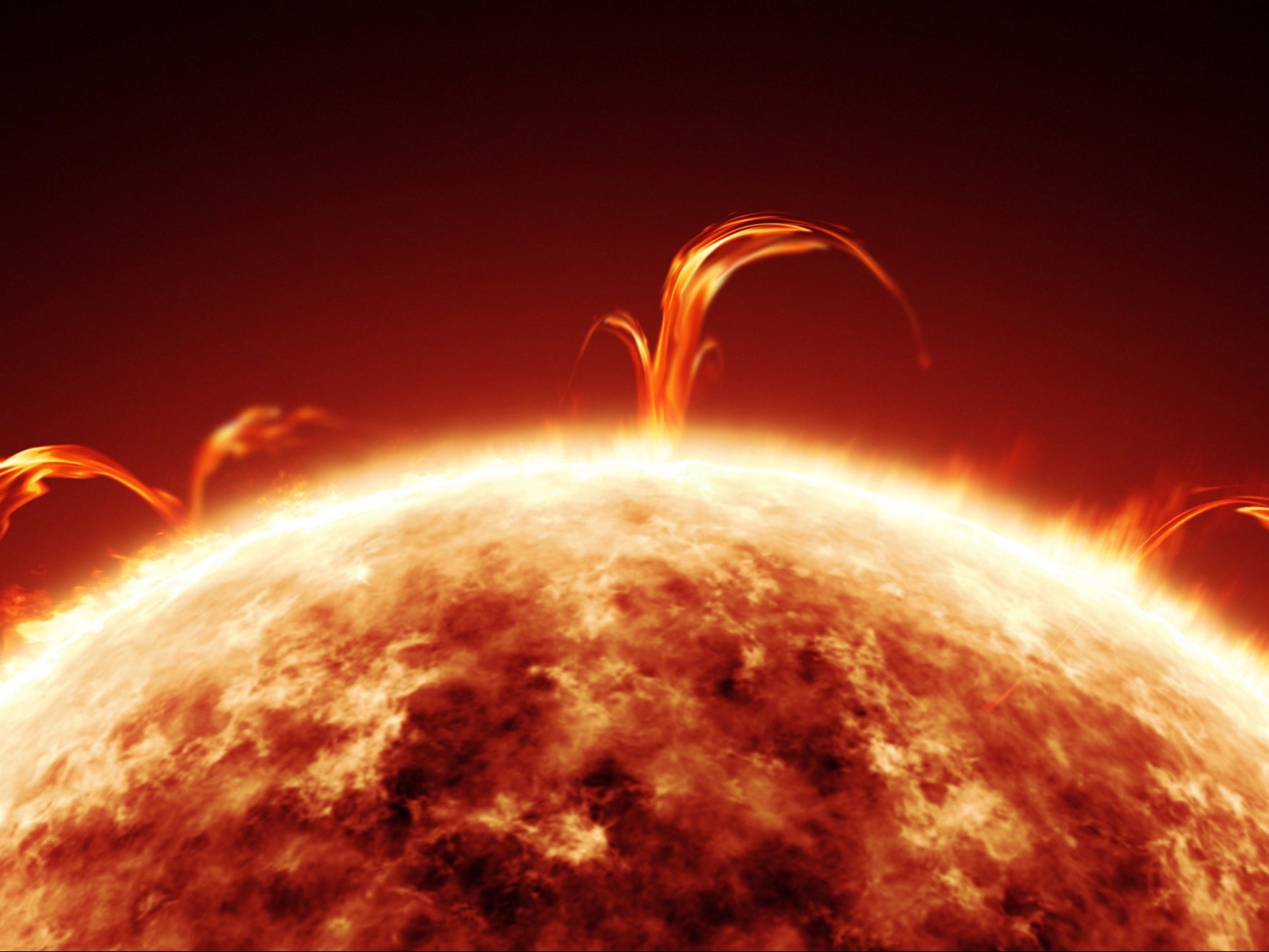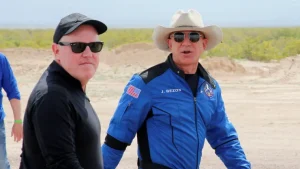Are We Safe? A Second Giant Hole Appears on the Sun’s Surface
10th Apr 2023
A second hole about 20-30 times the size of the Earth has torn through the Sun’s surface. This comes barely a month after the first and could send solar winds toward the earth.
The hole that appears as a dark patch on the sun’s surface was observed by NASA’s Solar Dynamic Observatory and has caused scientists to be on alert to see if the winds will affect the Earth’s magnetic field.
What are Coronal Holes?
First spotted by NASA’s Skylab in the 1970s, Coronal holes are regions of open magnetic fields that appear as dark areas in the corona – the outermost part of the sun’s atmosphere. Compared to the surrounding parts of the corona, these holes have low density and temperature, causing them to appear dark in EUV and X-ray images.
Coronal holes can appear at any point and time of the solar cycle – the sun’s magnetic field goes through about every 11 years but is more prevalent during the declining phase of the cycle. And according to NASA, we are currently in cycle numbered 25 which started in 2019 and is expected to last until 2030.
What Causes Coronal Holes in the Sun
According to Space Weather Research Explorer, the sun continually releases hot gases – protons and electrons – solar winds that pass through coronal holes into interplanetary space. Ordinarily, magnetic field lines at the sun’s surface form closed loops that contain these particles. However, there are places where magnetic field lines don’t close back on themselves. Instead, they stick out into space, leaving an open channel through which solar winds can blast unobstructed.
Are Coronal Holes Dangerous?
When solar winds reach earth, they cause geomagnetic storms. These are major disturbances of the earth’s magnetosphere that occur when there is an exchange of energy from the solar winds into the space surrounding the earth.
Our magnetic field creates the earth’s magnetosphere and protects us from particles the sun emits. Though not a 100% defence mechanism. The magnetic field ensures solar wind materials never reach the earth’s surface. If the solar winds interact strongly with the magnetic field peeling it open, there can be several effects.
Geomagnetic storms penetrating the earth’s atmosphere threaten spacecraft and astronauts, disrupt navigation systems and communication satellites, and can wreak havoc in power grids, causing blackouts across cities. However, the chances of negative consequences are very slim as the earth’s magnetic field serves as a form of protection against it.
Disturbances to the magnetosphere can also trigger an aurora, beautiful natural displays of lights seen at locations close to the North and South poles.
The first coronal hole that appeared on March 23 caused dazzling Auroras that lit up the night sky with electric purples and greens. These auroras were triggered by a G3 storm which has a strength capable of disrupting electrical systems and satellite operations.
And while we await some stunning aurora display this weekend, scientists have predicted it won’t be as widely visible as last week’s incredible display of northern lights.






Thank you for your comment! It will be visible on the site after moderation.